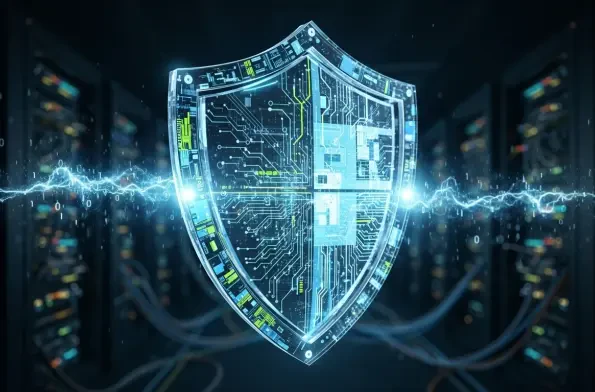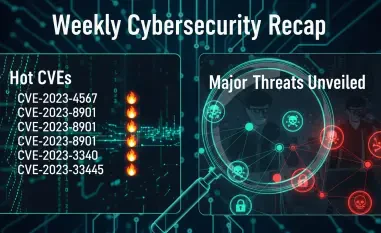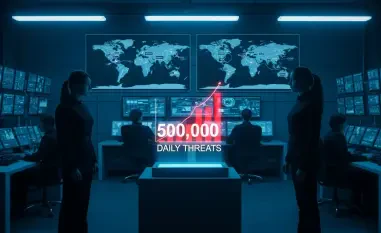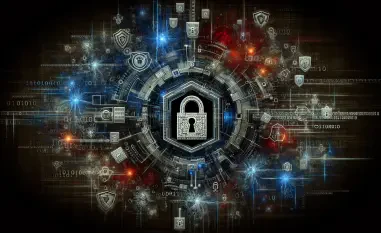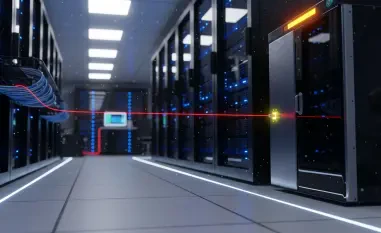The New Frontier: Understanding Cyber Security in Space
Imagine a world where a single cyber attack on a satellite disrupts global communications, halts financial transactions, and cripples military operations across multiple continents, highlighting the critical need for robust protection. This scenario is no longer a distant possibility but a pressing reality as space infrastructure becomes the backbone of modern society. The reliance on orbital systems for critical services—ranging from internet connectivity to navigation and defense—has skyrocketed, making their protection a paramount concern for governments and corporations alike.
Space, once a domain dominated by state actors, has transformed into a vibrant commercial ecosystem. Companies like SpaceX, with its expansive Starlink constellation, alongside other emerging satellite networks, are reshaping the landscape, driving innovation, and expanding access to space-based services. This commercialization, while fostering growth, introduces new vulnerabilities as private entities become integral to global infrastructure, often without the robust security measures historically associated with government programs.
The significance of cybersecurity in this context cannot be overstated. Space assets are deeply interconnected with terrestrial systems, meaning a breach in orbit can cascade into widespread disruptions on Earth. Protecting these assets from cyber threats is not just a technical challenge but a strategic necessity, with implications for national security and commercial stability. As threats evolve, understanding the scope of risks targeting space infrastructure—from data breaches to signal jamming—reveals the urgent need for comprehensive safeguards.
Current Landscape and Emerging Threats
Key Trends Shaping Space Cyber Security
The vulnerability of space-based systems is growing at an alarming rate, as demonstrated by real-world incidents such as the 2022 cyber attack on Viasat. This attack disrupted military communications and impacted civilian services, including wind turbines in Europe, highlighting how even ground-based systems can serve as entry points for devastating consequences. Such events underscore the fragility of the current infrastructure and the cascading effects of a single breach.
Emerging technologies like artificial intelligence and autonomous systems are revolutionizing space operations, enabling greater efficiency and innovation. However, these advancements also introduce new cyber risks, as complex software and automated processes create additional attack surfaces that malicious actors can exploit. Balancing technological progress with security remains a critical challenge for the industry.
The dual-use nature of many space assets—serving both commercial and military purposes—further complicates the landscape. This overlap fuels geopolitical tensions, as assets like Starlink become potential targets in international conflicts. The rapid growth of commercial space ventures, while a market driver, also presents opportunities for cybersecurity innovation, pushing the industry to develop resilient solutions amid rising stakes.
Scope of Threats and Risk Indicators
Data on cyber attacks targeting space infrastructure reveals a troubling trend, with ground systems often identified as the weakest link. Reports indicate a steady increase in both the frequency and sophistication of these attacks, with impacts ranging from service disruptions to compromised national security. As the space industry expands, the scale of potential damage grows in tandem, demanding urgent attention.
Projections for the space sector suggest significant growth over the next few years, with estimates pointing to a corresponding rise in cyber threats. From 2025 to 2027, the expanding reliance on orbital systems for critical functions is expected to attract more sophisticated attacks, driven by both state-sponsored actors and independent hackers. This trajectory emphasizes the need for proactive risk management strategies.
Looking ahead, several risk indicators stand out, including the increasing involvement of non-state actors in cyber warfare and the potential for state-sponsored attacks to target dual-use assets. The evolving threat landscape, combined with the strategic importance of space, signals a future where cyber conflicts could escalate into broader geopolitical crises, necessitating robust defenses and international cooperation.
Navigating Obstacles: Technical and Strategic Challenges
Securing space infrastructure presents unique technical hurdles, particularly the challenge of updating or patching systems already in orbit. Unlike terrestrial assets, satellites often cannot be easily accessed for maintenance, leaving them exposed to vulnerabilities that are difficult to address post-launch. This limitation requires innovative approaches to ensure long-term protection.
Strategically, the attribution problem poses a significant barrier to accountability in cyber attacks on space assets. Identifying the perpetrators of such attacks is often complex, as state and non-state actors may obscure their involvement, complicating responses and hindering effective deterrence. This ambiguity undermines efforts to enforce consequences and maintain order in the space domain.
Market-driven obstacles also hinder progress, with the high cost of implementing comprehensive cybersecurity measures proving burdensome, especially for smaller operators. Despite these challenges, solutions such as adopting a “security-by-design” approach—integrating safeguards from the outset—and fostering public-private partnerships offer promising avenues to mitigate risks and distribute the financial load across stakeholders.
Evolving Legal Frameworks: From Global to Regional Responses
International law, particularly the 1967 Outer Space Treaty, falls short in addressing the nuances of cyber threats in space. Designed for a pre-digital era, the treaty lacks specific provisions for digital attacks, leaving gaps in accountability and liability that malicious actors can exploit. This outdated framework struggles to keep pace with the rapid evolution of technology and conflict.
In contrast, regional responses are gaining traction, with the European Union taking a leading role through regulations like NIS2, the Cyber Resilience Act, and the recently introduced EU Space Act. These laws impose stringent cybersecurity requirements on space operators, even those based outside the EU, through extraterritorial reach. Such measures aim to create a more predictable and secure environment for space activities.
The fragmented global response, however, reveals disparities in approach. While the EU enforces binding rules, other regions, such as the United States, often rely on voluntary guidelines and policies, creating inconsistencies that complicate compliance for international operators. Bridging these differences remains a critical step toward a cohesive legal framework that can effectively address cyber risks in space.
Future Horizons: Shaping the Path for Space Cyber Security
Emerging technologies, such as quantum encryption, hold significant potential to revolutionize cybersecurity in space by securing communications against even the most advanced threats. As these innovations develop, they could provide a robust defense for orbital assets, ensuring data integrity in an increasingly contested domain. Keeping pace with such advancements will be essential for future resilience.
Market disruptors, particularly the expanding role of commercial players, are also reshaping security standards. Companies are increasingly influencing best practices, driving the adoption of cutting-edge solutions to protect their investments. This shift highlights the growing interplay between private innovation and public security interests, potentially setting new benchmarks for the industry.
Geopolitical dynamics add another layer of complexity, with the risk of escalation from cyber attacks on dual-use assets posing a threat to global stability. As space becomes a theater for strategic competition, fostering international cooperation, encouraging innovation, and evolving regulatory frameworks will be vital to building a resilient ecosystem capable of withstanding future challenges.
Securing Space in a Digital Age
Reflecting on the discussions held, the journey to address cybersecurity in space unfolded as a multifaceted challenge, blending legal, technical, and geopolitical dimensions. The exploration of vulnerabilities, from real-world breaches to the limitations of international treaties, painted a stark picture of an industry at a crossroads, grappling with risks that transcend borders and sectors.
Moving forward, stakeholders must prioritize actionable steps to fortify this critical frontier. Investing in cutting-edge technologies like quantum encryption, harmonizing fragmented regional regulations into a unified global approach, and strengthening public-private collaborations emerged as key strategies to enhance resilience. These efforts, if pursued with urgency, could lay the groundwork for a secure space environment.
Beyond immediate actions, fostering a culture of continuous adaptation stood out as a vital consideration. Encouraging ongoing dialogue among nations, industries, and innovators to anticipate evolving threats ensured that defenses remained ahead of malicious actors. This proactive mindset promised to safeguard space as a realm of opportunity and exploration for generations to come.
